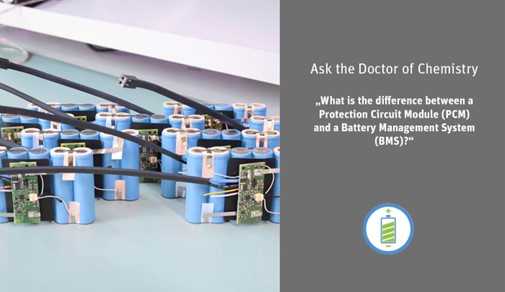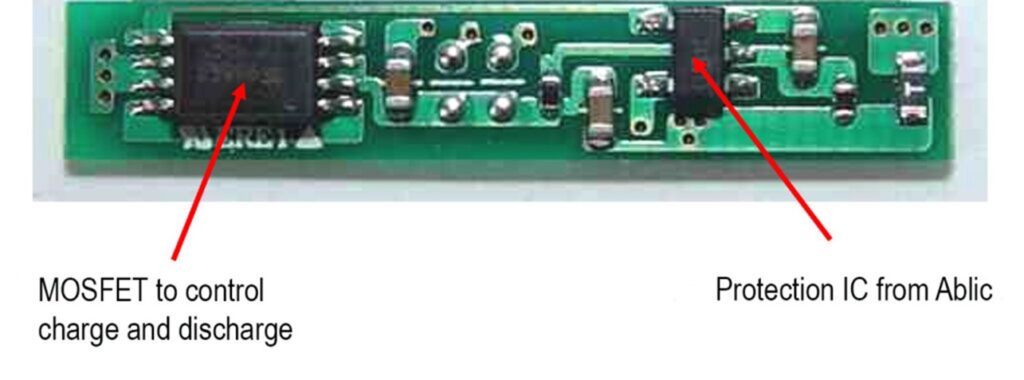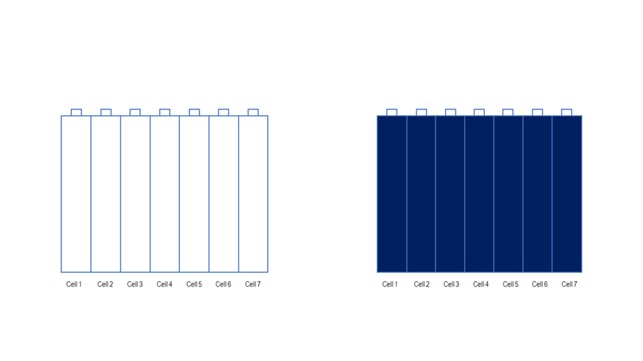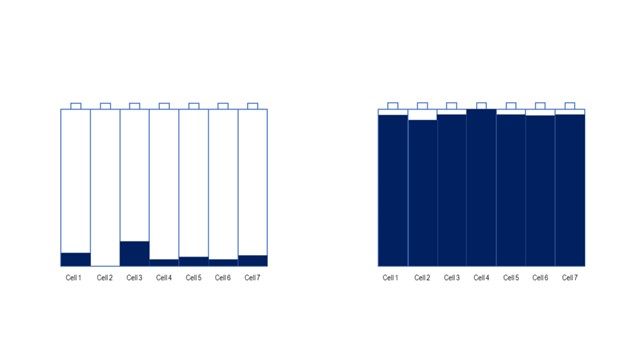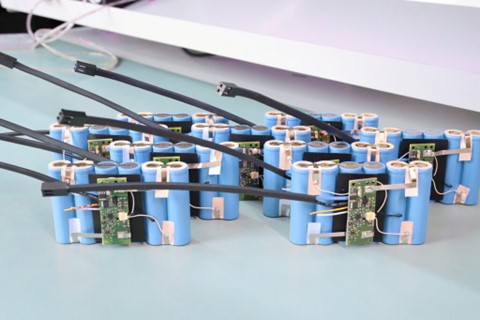When developing battery packs, the question arises as to which safety system the pack should be equipped with. Is a Protection Circuit Module (PCM) sufficient? Or should a Battery Management System (BMS) be integrated? What are the differences between the mechanisms? And what advantages and functions does which protection mechanism offer?
The answer here, as so often, is: it depends – on the requirements of the protection system and the application.
What is a Protection Circuit Module?
This is a type of protection electronics found primarily (but not only) in rechargeable lithium batteries. The dangers that can occur when lithium batteries are overcharged or deep discharged are the cause for using them. Thus, the module is used to protect against
- too high charging voltages,
- too low discharging voltages and
- too high currents during discharging, or against short circuits.
Not every PCM switches off according to the same predefined switch-off limits. Individual limit values can be defined in which safe operation is possible. Outside this range, the protection electronics ensure that the circuit is interrupted.
This is a standard PCM.
“However, the Protection Circuit Module should not be used to stop a charging or discharging process! That belongs to the tasks of the appropriate charger or, respectively, the appropriate application”.
And what constitutes a battery management system?
A battery management system, on the other hand, is a protective electronic system that also serves to monitor the health of the battery pack. Therefore, balancing the cells is also one of the tasks of a BMS, in addition to protection against overcharging and deep discharge
Ideal condition of a fully discharged battery pack (left) and a fully charged battery pack (right).
Balancing?
“This means that all cells of a battery pack are equally loaded. In a perfectly balanced battery pack, all cells have the same state of charge at all times throughout the charge and discharge cycle. This process leads to even aging of the individual cells, which ultimately maximizes the life of the entire battery pack”.
Without balancing: battery pack discharged (left) and battery pack charged (right). On the right side without BMS, the overcharge protection would now kick in, since cell 4 is fully charged.
The BMS as a communication interface
In addition, a BMS serves as a communication interface between the battery pack and the device. This gives rise to the possibility of retrieving various information about the state of the battery. A classic example of this is the intelligent state-of-charge display familiar from smartphones or laptops. In this case, one speaks of “smart batteries”. Therefore, a higher safety level can be achieved with a BMS than with a PCM, because the BMS differentiates between normal and abnormal events. A differentiated diagnosis of the so-called “state of health” of the battery is also possible. Previous charging cycles and the use of the battery can be read out and evaluated afterwards.
Battery packs with BMS – this also allows the health status of the packs to be recorded.
Special care in production
Because of their central safety functions, both protective mechanisms, PCM and BMS, deserve special attention in production. And indeed, some special features must be observed here: In the case of lithium polymer packs, for example, welding on the arresters can damage the already assembled PCM module. In any case, an additional check of the PCM functions is required by default after completion of the battery.
Thus, it can be stated: Whether to choose a PCM or a BMS depends on the requirements of the protection mechanism. As soon as more complex information is desired or even required that goes beyond the pure protection function, the use of a BMS is recommended.
We would be happy to advise you on this topic. Together we will find a suitable solution for your application.

